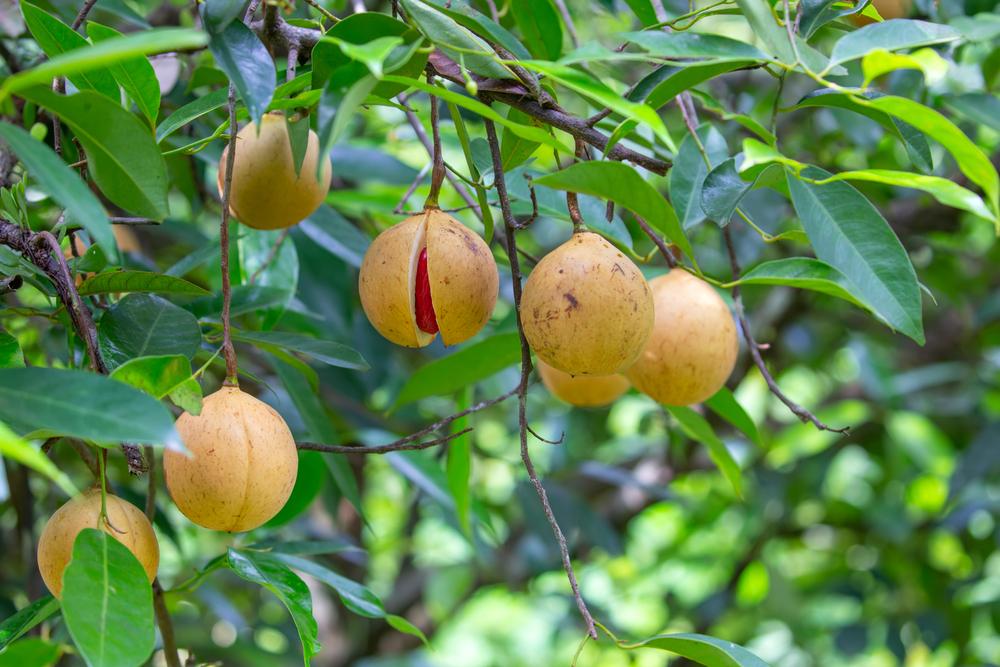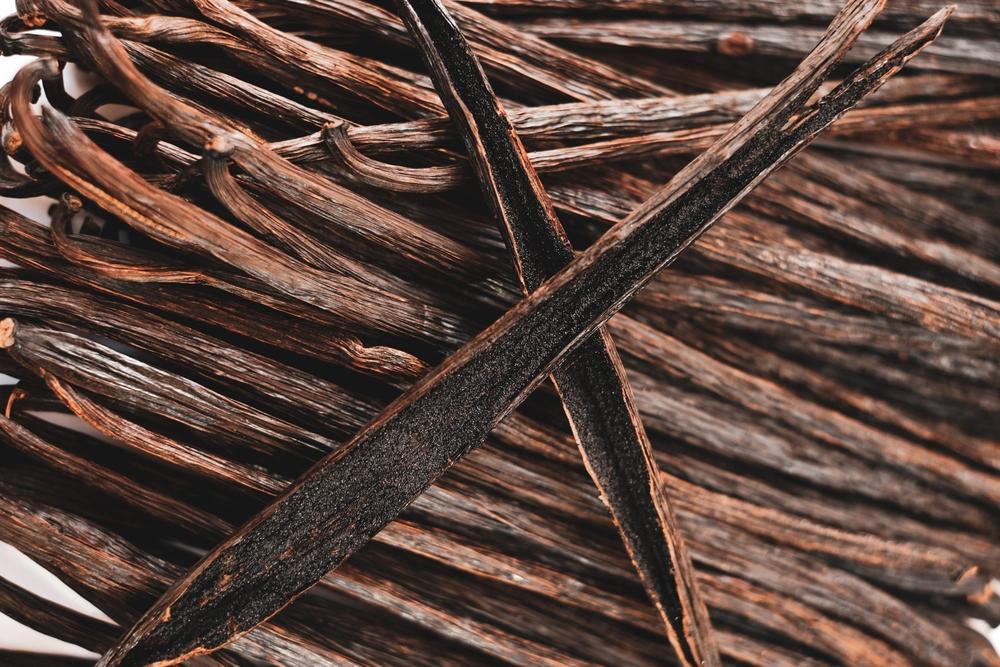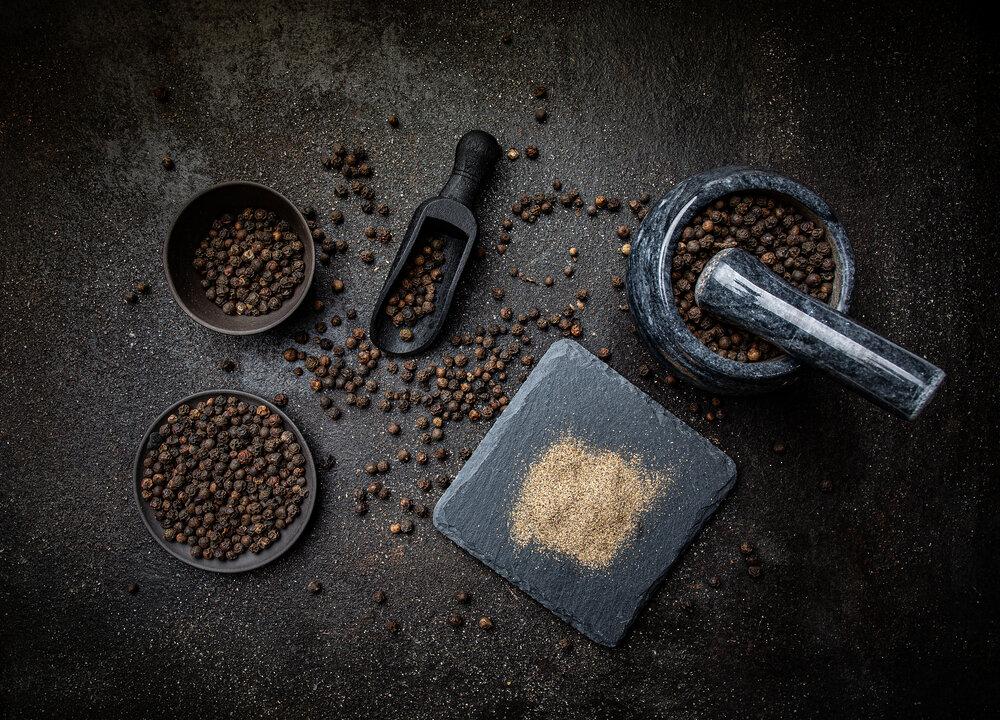The Spice Islands
Although long used in Asia, nutmeg was the last of the major spices to be introduced into Europe. Food historians disagree as to when it first appeared in Europe, often pointing to its mention in Persian documents by A.D. 1100, but it was certainly available in Europe by the 1200s. In preparation for a visit by Holy Roman Emperor Henry VI in 1190, the streets of Rome were fumigated with spices, including “India nuts,” as nutmeg was sometimes called. The word “nutmeg” comes from the Latin Nux muscatus, which means “musky nut.”Europeans had no idea where the spices were sourced—and the Arab traders who supplied these and other spices created wild stories to discourage anyone from trying to find out—but trading took place in the Moluccas, a handful of Indonesian islands in the Malay Archipelago. Among the Moluccas, 10 tropical volcanic islands known as the Banda Islands, were the only places in the world where nutmeg grew, and the Bandanese controlled the market.
In 1493, Pope Alexander VI had divided the world between Spain and Portugal, and by 1512, the Portuguese, exploring their half, had found the Moluccas and taken control of the spice trade. They went so far as to hand out false maps of the region so that ships in pursuit of nutmeg would end up on the rocks. However, after the defeat of the Spanish Armada in 1588, other European countries hit the high seas. When the English and the Dutch found the Banda Islands, the Portuguese had pulled back their operations after conflict with the Bandanese.
For the Dutch, spices were so important to their economy that they became extreme in their possessiveness. They not only battled the Bandanese, they also killed any Europeans who tried to sneak seeds or saplings out of the islands. When they accumulated too much spice, they actually destroyed huge amounts of nutmeg to keep the prices high. Having most of the world’s nutmeg wasn’t enough, however. They wanted it all. So in 1667, the Dutch offered Manhattan to the British in exchange for the one Banda island that the Dutch didn’t control.
People did eventually succeed in sneaking seedlings out of the region, transplanting them wherever it seemed that they might grow. One thing that made growing nutmeg tricky—other than the Dutch wanting to kill you—is that nutmeg trees are either male or female, and you must have both. One male tree can pollinate multiple female trees, but you can’t get by with just one tree. The only big success was on the West Indies island of Grenada, which shares a volcanic soil with the Bandas in which nutmeg trees thrive. Even today, pretty much all of the world’s nutmeg comes from either the Moluccas or Grenada.
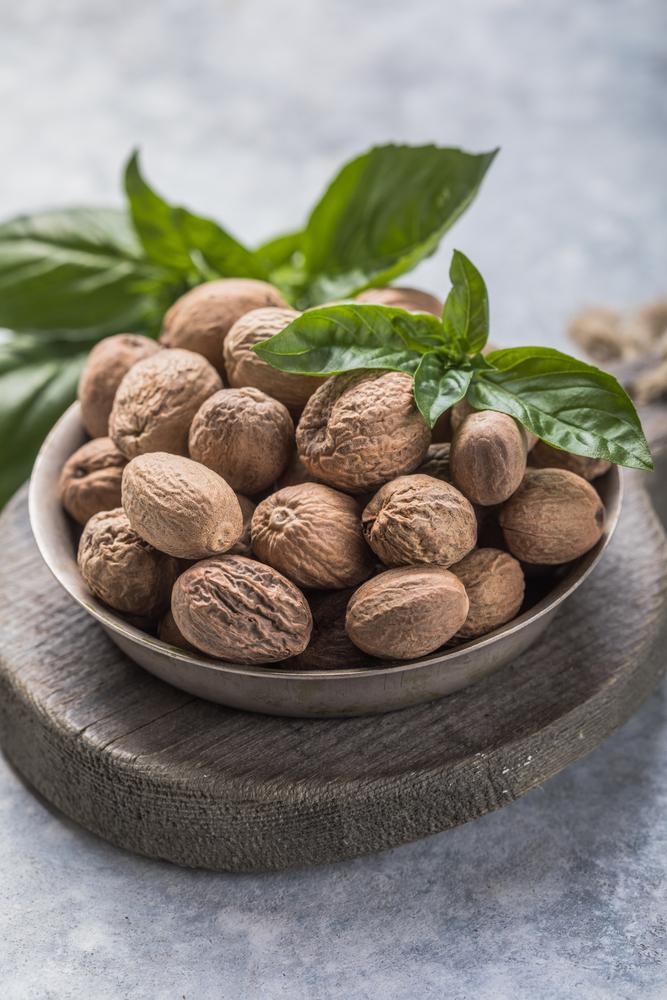
Nutmeg Fever
The 1200s through the 1700s were a period of almost unparalleled passion for spices—especially nutmeg. This is, of course, why so many wished to control their availability. And actually, with Myristica fragrans, the nutmeg tree, you get two spices for the price of one. The plum-sized fruit of this tree has a large “nut,” or seed, that becomes nutmeg when dried, while the bright red web surrounding the seed is dried into mace.Both became exceedingly popular. Geoffrey Chaucer commented on “notemuge putte in ale” and Nicolas Boileau lamented, “Do you like nutmeg? It’s in everything.” In England in the 1700s, people actually carried personal nutmeg graters with them when dining out. At dinner parties, whole nutmegs would be passed to all of the guests so that each diner could use his or her personal grater to add a bit more freshly grated nutmeg to the dish that had just been served.
Nutmeg in the Kitchen
For many, nutmeg is associated with winter holidays, especially if sprinkled on eggnog or combined with other warming spices such as ginger, cinnamon, and cloves. It smells festive, helps with digestion, and makes us feel good—really. There is a chemical element that can boost your mood, although it can have serious side effects if consumed in large quantities.However, nutmeg is by no means limited to holidays. For example, béchamel, one of the French “mother sauces,” includes nutmeg. Nutmeg is very popular with spinach, especially creamed spinach, and with pork and ham dishes, such as breakfast sausage. It’s nice with butternut squash, too.
Nutmeg is also splendid in cakes and pastries, such as the following recipe for Armenian nutmeg cake, which benefits immensely from using freshly grated nutmeg.
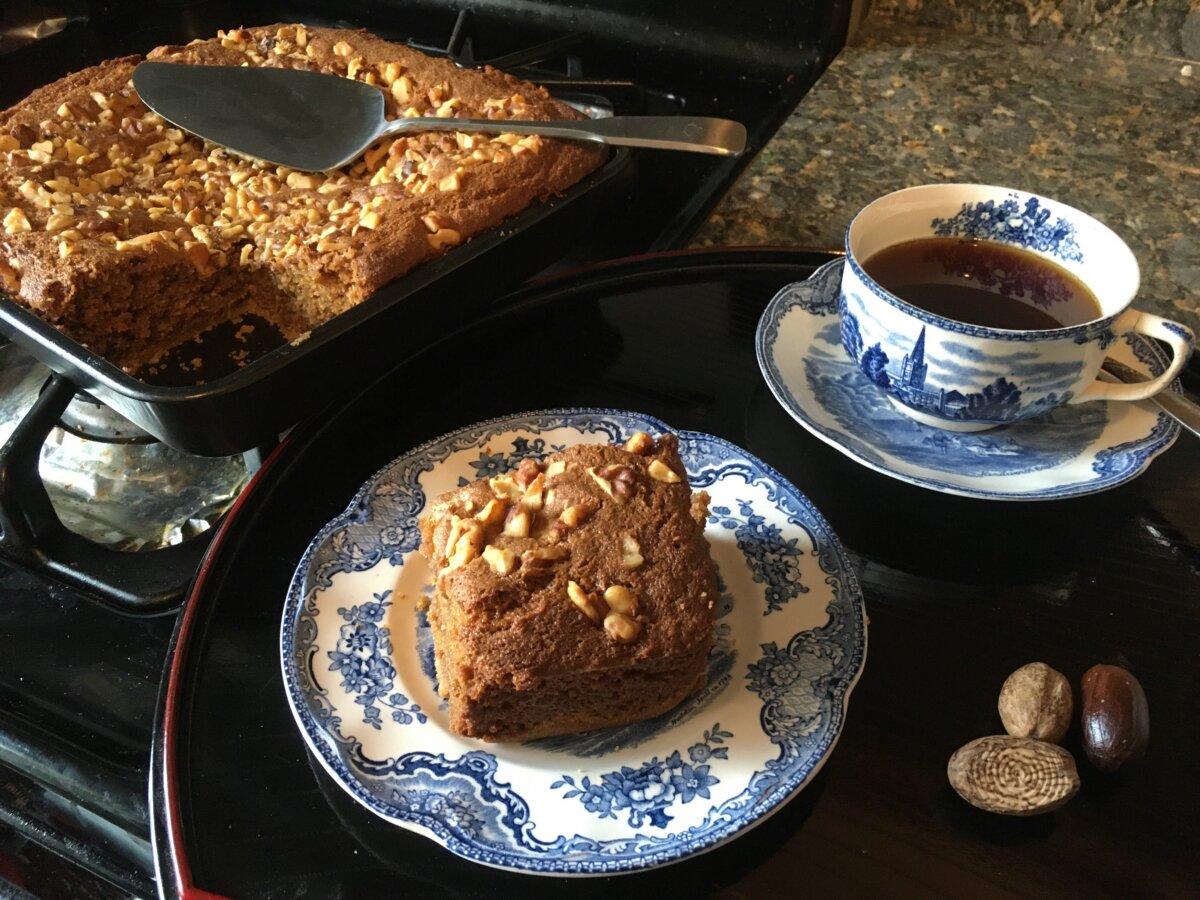
Armenian Nutmeg Cake (Meshgengouz Gargantag)
This cake is good either hot or cold, as breakfast or dessert. It has a somewhat crunchy base and a moist, tender, fragrant top.- 2 cups white flour
- 1 teaspoon baking powder
- 1 pinch salt
- 1/2 cup butter
- 2 cups brown sugar, firmly packed
- 1 teaspoon baking soda
- 1/2 cup heavy cream
- 1/2 cup sour cream
- 1 egg, lightly beaten
- 1 teaspoon freshly grated nutmeg
- 1/2 cup chopped walnuts
Put the flour, baking powder, and salt in a bowl and stir to combine. Rub in the butter until the mixture looks like fine breadcrumbs. This is easily accomplished with your fingers, but you can use a food processor if you don’t enjoy “hands-on” cooking.
Add the brown sugar and stir to combine thoroughly. Press half of the flour and sugar mixture into the bottom of the cake pan.
Beat the sour cream into the cream until the mixture is smooth. Dissolve the baking soda in the cream mixture. Stir in the beaten egg and nutmeg.
Add the cream mixture to the remaining half of the flour and sugar mixture, stirring until the cream mixture and flour mixture are thoroughly combined. Pour this batter into the cake pan, smoothing so that it covers the base evenly. Sprinkle the walnuts evenly over the batter.
Bake for 40 to 55 minutes. (Test with a toothpick at 40 minutes—toothpick should come out clean.)
When done, allow to stand for 10 minutes before serving.

